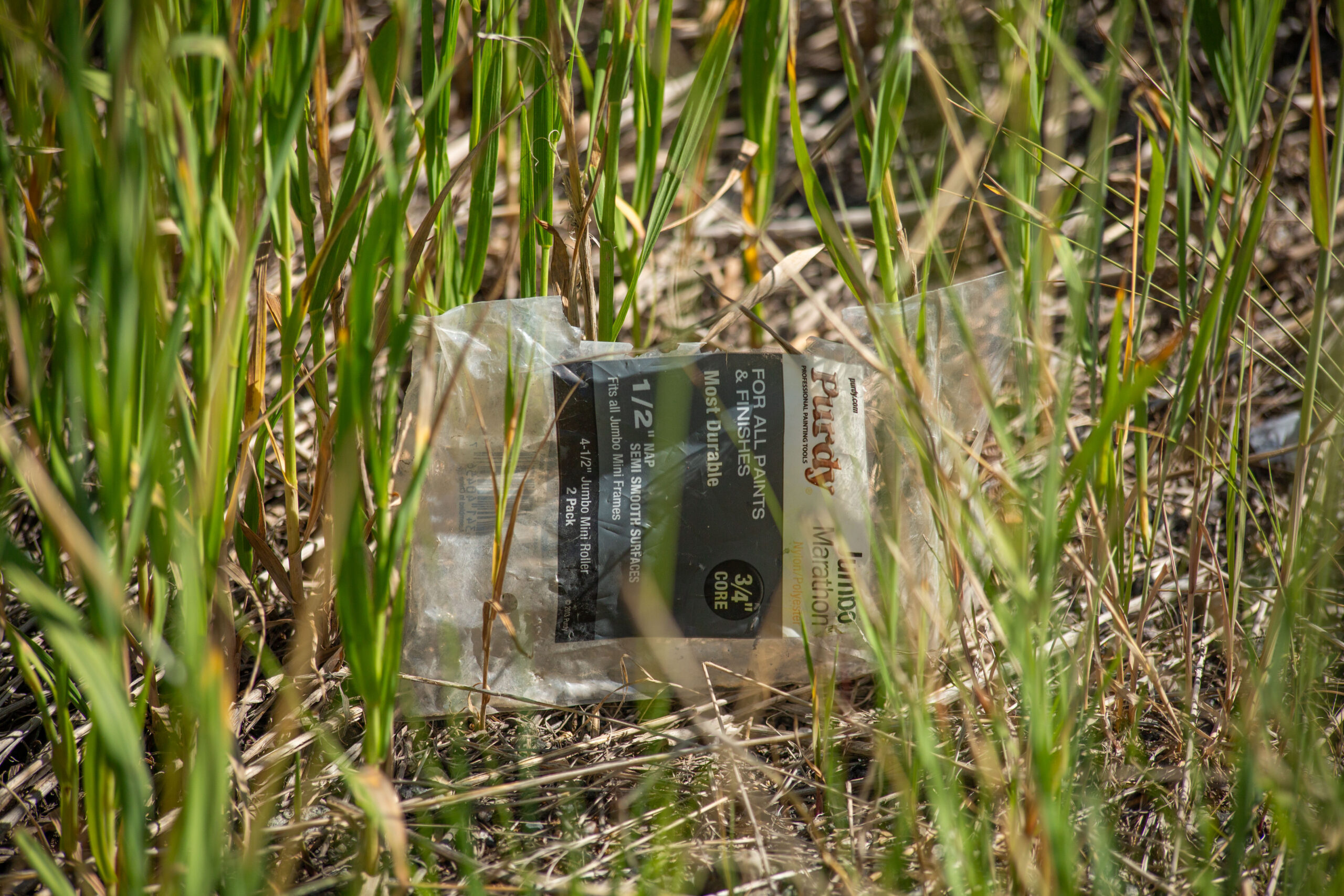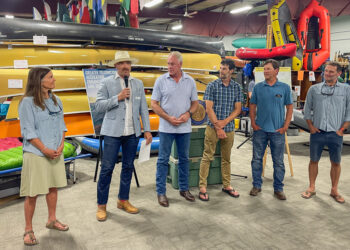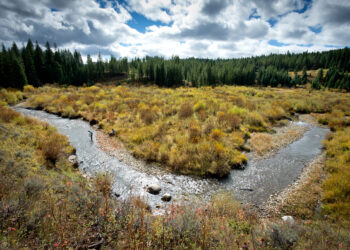How bacteria can help deal with plastic littering the planet
By Benjamin Alva Polley EBS COLUMNIST
As one of America’s greatest writers, John Steinbeck famously expressed his love for Montana in his book “Travels with Charley.” He wrote, “I’m in love with Montana. For other states, I have admiration, respect, recognition, even some affection. But with Montana, it is love.” He elaborated further, stating, “It seems to me that Montana is a great splash of grandeur. The scale is huge but not overpowering.”
I loathe seeing plastic and other trash lining our roads, sidewalks, yards, creeks, rivers, lakes and open spaces in this beautiful state that Steinbeck cherished. Montana, the Treasure State, holds a special place in my heart. Its beauty should not be taken for granted, abused, or treated as a trash can or an ashtray.
There are distinct eras that mark geological history, such as the early formation of the Earth during the Precambrian Period; the Paleozoic Era, which featured the early biodiversity of life, including plants and animals; the Mesozoic Era, known for the rise and reign of dinosaurs; and the Cenozoic Era, marked by the emergence of mammals and the evolution of modern flora and fauna.
Narrowing it down to various human historical eras, we see the Stone, Bronze, and Iron Ages of prehistory; the Ancient Era, when great human civilizations rose and fell; the Post-Classical Era, following the fall of the Roman Empire; and the Modern Era, which encompasses the Renaissance, the Industrial Revolution, the World Wars and the Digital Revolution.
We are now in what many refer to as the Anthropocene, an era marked by the profound impact of human activity on the planet’s systems. This era is marked by rising atmospheric carbon dioxide levels, habitat destruction, species extinction, and the proliferation of human-made materials, including buildings, roads and plastics, which have now surpassed the total biomass on Earth.

What is impressive about these historical human eras is that they are primarily characterized by ingenuity, invention, creativity and discovery—the same traits that can help solve the problem of our oceans, rivers, creeks, lakes, open spaces and even landfills being filled with plastic bottles or other waste.
In 2016, scientists discovered Ideonella sakaiensis, a bacterium found in plastic bottle recycling plants in Japan, which can break down polyethylene terephthalate, a common type of plastic. This bacterium uses a two-enzyme system to convert the plastic into smaller molecules it can use for energy.
The discovery of Ideonella sakaiensis is significant because it demonstrates the potential for using bacteria to help break down humans’ immense plastic waste. Other bacteria from the Comamonadaceae family have also been found to degrade plastic, further expanding the potential for biological solutions to pollution.
With the help of this bacterium, we can preserve some of the natural beauty that Steinbeck experienced during his travels through Montana 65 years ago. Scientists are actively exploring safe applications for this bacterium, with ongoing research focusing on enhancing its efficiency. Recent advancements have investigated its ability to ferment PET into useful compounds, its potential in saltwater environments, and its metabolic pathways, according to sources like Microbe Notes and Wikipedia.
Long live the Treasure State!
Benjamin Alva Polley is a place-based storyteller. His words have been published in Rolling Stone, Esquire, Field & Stream, The Guardian, Men’s Journal, Outside, Popular Science, Sierra, and other publications, and can be seen on his website.














